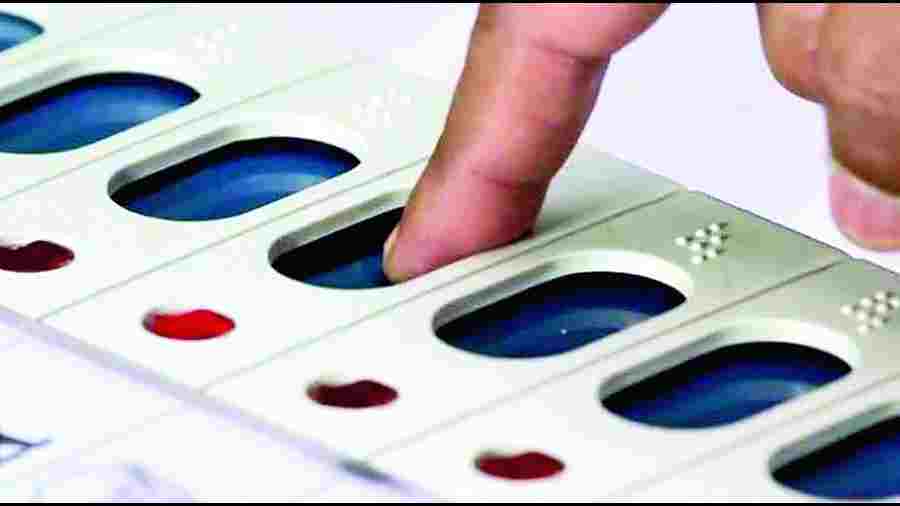Everybody knows that till the pandemic struck, the collective called migrant labourers was the largest group of invisible Indians. They became visible to urban India and the rest of the world, by a great forgetting. On March 22, 2020, when the BJP government declared Janata Curfew, it forgot to factor in the migrant labourers.
On social media, therefore...
Forgotten, left to their fate, who knows what any other collective would have done. Started talking? Perhaps. The invisibles started walking instead. From Bangalore to Andhra Pradesh, Maharashtra to Madhya Pradesh, Delhi to Uttar Pradesh, to Bihar, to West Bengal, Telangana to Karnataka… Individually nobodies worth the attention, in the photographs that circulated on social media, they looked like an army of the abandoned crawling the length and breadth of this geography. Who knows what would have happened in some other era, but now that these images were all over social media, that was the greatest foregrounding of their existence than any. The government had no choice but to stir awake.
Transformational initiative
March, April… It was early May when the Shramik Special trains were announced to ferry migrant labourers to their home states. It was some see-saw and arm-twisting before the Centre announced subsidised fares, though it refused to share with the Supreme Court at some point the exact details of who was shouldering what cost. And still there were reports about atrocious fares and no provision for food and water on these trains. The government could not keep track of the number of migrant labourers who died on the journey back "home". It could not track how many lost their jobs during the pandemic. It is safe to say that not much has changed for the migrant labourer post-pandemic, and yet there is a working model of a gadget that can harness his and her votes. The remote EVM can handle up to 72 constituencies from a single remote polling booth. The chief election commissioner, Rajiv Kumar, called it a “transformational initiative for strengthening participation in electoral democracy”.
Be careful what you wish for…











